"Tiger & The Taj"
"Rajasthan Motorcycle Tour"
Resplendent colours, mellifluous sounds, sumptuous tastes, and regal grandeur in the surreal landscape of the Thar desert. Here is India’s quintessential land of maharajas and medieval forts, palaces and tigers, and kaleidoscopic festivals. Rajasthan really is the jewel in India’s crown. Powerful forts loom from mountain tops, their battle-scarred ramparts still defying long-dead enemies. The intensity and spectrum of colours in Rajasthan are impossible to ignore. The rainbow of fire-engine red turbans and emerald green and canary yellow saris is simply dazzling.
Tour Summary
-
14 Days, 13 Nights
-
Distance: 2500 Km
-
Riding Days: 11
-
Level: Moderate
Tour Summary
-
14 Days, 13 Nights
-
Distance: 2500 Km
-
Riding Days: 11
-
Level: Moderate
"Rajasthan Motorcycle Tour"
Resplendent colours, mellifluous sounds, sumptuous tastes, and regal grandeur in the surreal landscape of the Thar desert. Here is India’s quintessential land of maharajas and medieval forts, palaces and tigers, and kaleidoscopic festivals. Rajasthan really is the jewel in India’s crown. Powerful forts loom from mountain tops, their battle-scarred ramparts still defying long-dead enemies. The intensity and spectrum of colours in Rajasthan are impossible to ignore. The rainbow of fire-engine red turbans and emerald green and canary yellow saris is simply dazzling.
About Rajasthan
History
Rajasthan, the ‘Land of Kings’, wins over hearts with its palaces, forts, and cultural offerings. Rajasthan’s history can be traced back to the Indus Valley Civilization. Also, Aryans were believed to have settled in the area around 2,000 BC. In the 9th century A.D., the Rajput dynasty took over the state and it became the most thriving era in the history of Rajasthan. By 1200 A.D., Muslim rulers established themselves in many parts of Rajasthan. In the early 18th century, the Maratha Empire began gaining power. However, the Marathas declined in power with the entry of the British East India Company in the late 18th century. Most Rajput states joined hands with the East India Company, which resulted in the formation of Rajasthan (then known as ‘Rajputana’) as an independent state. The state of Rajasthan that we see today has eight UNESCO World Heritage Sites and many magnificent palaces, bustling cities, and indigenous hamlets.
Terrain
Rajasthan is located in the northwestern part of the Indian subcontinent. The capital city is Jaipur.
The Aravalli Range forms a line across the state running roughly from Guru Peak on Mount Abu (5650 feet) in the southwest, to the town of Khetri in the northeast. The northwestern tract is generally arid, although its character shifts from desert in the far west to fertile and habitable land toward the east. The region includes the Thar (Great Indian) Desert. The southeastern area lies at a somewhat higher elevation (330 to 1150 feet) and is also more fertile. The hilly tract of Mewar lies in the southern region, while a broad plateau stretches across the southeast. In the northeast, a rugged badlands region follows the line of the Chambal River. Further north, the landscape levels out into flat plains that are part of the alluvial basin of the Yamuna River.
Roads
 Rajasthan has 20 national highways that pass through the state and with a total stretch of over 6373 km. The NH-8 is the most famous national highway in the state which joins Ajmer-Jaipur-Udaipur-Chittorgarh and also the oldest ones in the country with 4-8 lanes. Rajasthan has the 3rd highest length of national highways amongst the Indian states.
Rajasthan has 20 national highways that pass through the state and with a total stretch of over 6373 km. The NH-8 is the most famous national highway in the state which joins Ajmer-Jaipur-Udaipur-Chittorgarh and also the oldest ones in the country with 4-8 lanes. Rajasthan has the 3rd highest length of national highways amongst the Indian states.
Climate
Being largely a desert state, Rajasthan is dry and arid. The climate like most of India is divided into four major seasons, i.e. summer, monsoon, post-monsoon, and winter.
The hottest season of summer lasts from April to June. The day temperature can go up to 48 degrees Celsius in some parts, though mostly it ranges between 32 and 46 degrees. The monsoon lasts from July to September. The temperature is slightly lower, ranging from 35 to 40 degrees but with higher humidity.
Post-monsoon from October to November sees day temperatures ranging from 33 to 38 degrees.
Winter lasts from December to February and being in the desert, Rajasthan can be quite cold, especially in the interiors. However, most cities of tourist interest like Jaipur, Jaisalmer, Jodhpur, and Udaipur are pleasant during the October to March period.
About Rajasthan
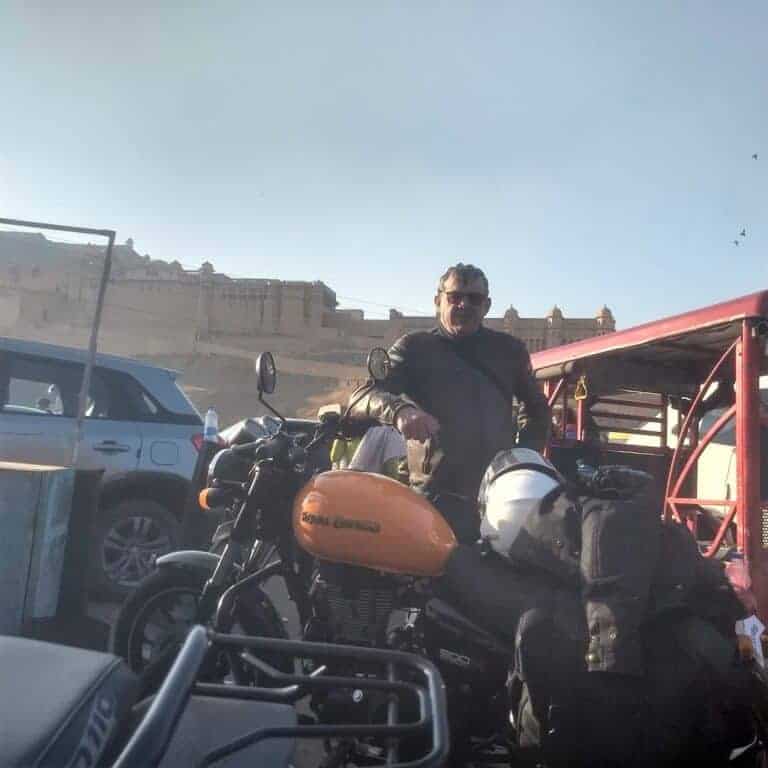
History
Rajasthan, the ‘Land of Kings’, wins over hearts with its palaces, forts, and cultural offerings. Rajasthan’s history can be traced back to the Indus Valley Civilization. Also, Aryans were believed to have settled in the area around 2,000 BC. In the 9th century A.D., the Rajput dynasty took over the state and it became the most thriving era in the history of Rajasthan. By 1200 A.D., Muslim rulers established themselves in many parts of Rajasthan. In the early 18th century, the Maratha Empire began gaining power. However, the Marathas declined in power with the entry of the British East India Company in the late 18th century. Most Rajput states joined hands with the East India Company, which resulted in the formation of Rajasthan (then known as ‘Rajputana’) as an independent state. The state of Rajasthan that we see today has eight UNESCO World Heritage Sites and many magnificent palaces, bustling cities, and indigenous hamlets.
Terrain
Rajasthan is located in the northwestern part of the Indian subcontinent. The capital city is Jaipur.
The Aravalli Range forms a line across the state running roughly from Guru Peak on Mount Abu (5650 feet) in the southwest, to the town of Khetri in the northeast. The northwestern tract is generally arid, although its character shifts from desert in the far west to fertile and habitable land toward the east. The region includes the Thar (Great Indian) Desert. The southeastern area lies at a somewhat higher elevation (330 to 1150 feet) and is also more fertile. The hilly tract of Mewar lies in the southern region, while a broad plateau stretches across the southeast. In the northeast, a rugged badlands region follows the line of the Chambal River. Further north, the landscape levels out into flat plains that are part of the alluvial basin of the Yamuna River.


Roads
 Rajasthan has 20 national highways that pass through the state and with a total stretch of over 6373 km. The NH-8 is the most famous national highway in the state which joins Ajmer-Jaipur-Udaipur-Chittorgarh and also the oldest ones in the country with 4-8 lanes. Rajasthan has the 3rd highest length of national highways amongst the Indian states.
Rajasthan has 20 national highways that pass through the state and with a total stretch of over 6373 km. The NH-8 is the most famous national highway in the state which joins Ajmer-Jaipur-Udaipur-Chittorgarh and also the oldest ones in the country with 4-8 lanes. Rajasthan has the 3rd highest length of national highways amongst the Indian states.
Climate
Being largely a desert state, Rajasthan is dry and arid. The climate like most of India is divided into four major seasons, i.e. summer, monsoon, post-monsoon, and winter.
The hottest season of summer lasts from April to June. The day temperature can go up to 48 degrees Celsius in some parts, though mostly it ranges between 32 and 46 degrees. The monsoon lasts from July to September. The temperature is slightly lower, ranging from 35 to 40 degrees but with higher humidity.
Post-monsoon from October to November sees day temperatures ranging from 33 to 38 degrees.
Winter lasts from December to February and being in the desert, Rajasthan can be quite cold, especially in the interiors. However, most cities of tourist interest like Jaipur, Jaisalmer, Jodhpur, and Udaipur are pleasant during the October to March period.

“Everywhere in the vibrant streets of Rajasthan lies a sensory assault, from lime to mint, saffron to crimson, turquoise to indigo, magenta to lavender. It’s so like a rainbow.“
Tour Outline Map

Fly in to New Delhi
Relax. Prep for the tour.
Day 2
Jaipur
220 km
Ranthambore
160 km
Chittorgarh
290 km
Udaipur
120 km
Jodhpur
250 km
Jaisalmer
290 km
Day 8
Rest Day in Jaisalmer
Bikaner
330 km
Mandawa
200 km
Dausa
240 km
Agra
180 km
New Delhi
200 km
Tour Route Map
Tour Itinerary

Steeped in history yet overflowing with modern life. Colourful, cacophonous Delhi pulsates with the relentless rhythms of humanity like few other cities on earth.

Rajasthan’s capital, is the gateway to India’s most flamboyant state. Jaipur traces back its origins to 1727 when it was established by Jai Singh II, the Raja of Amber.
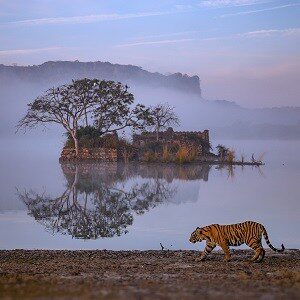
One of India’s most renowned sanctuaries for Royal Bengal Tigers. The national park is also considered a prominent heritage site due to the ancient ruins found inside.
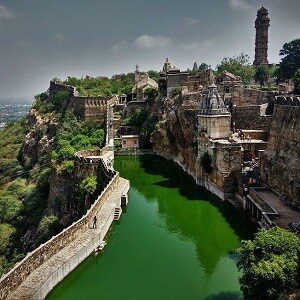
Is known for the honey-colored, 7th-century Chittorgarh Fort, a vast hilltop complex with the remains of many temples and monuments.

Udaipur has a romance of setting unmatched in Rajasthan – snuggling beside Lake Pichola, with the Aravalli Range stretching away in every direction.
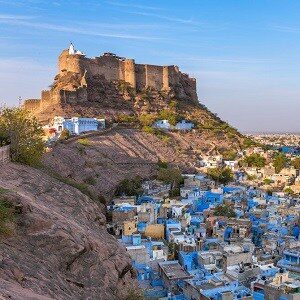
The formidable Mehrangarh Fort towers over the city also known as the Blue City, an apt name as most houses in the old city are shades of blue.
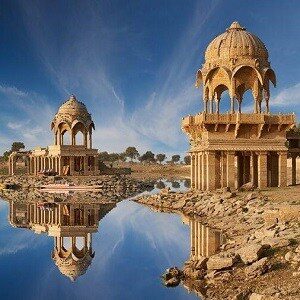
The narrow streets of the old city conceal magnificent havelis, all carved from the same golden-honey sandstone as the Jaisalmer fort.

No place better evokes exotic camel-train trade routes and desert mystery than the former medieval trading center in the heart of the Thar Desert.
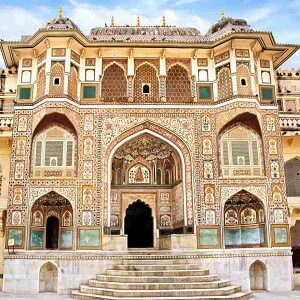
Bikaner is a vibrant, dust-swirling desert town with a fabulous fort and an energizing outpost feel.

A quaint little town, popularly known as the Open Art Gallery, replete with paved archways, magnificent havelis and fortresses.

Dausa is a small ancient town famous for Chand Baori, one of the most well-known stepwells in Rajasthan.

The magical allure of the Taj Mahal draws tourists to Agra like moths to a wondrous flame. And despite the hype, it’s every bit as good as you’ve heard.
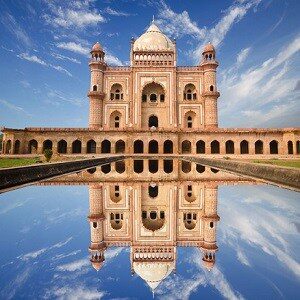
Steeped in history yet overflowing with modern life. Colourful, cacophonous Delhi pulsates with the relentless rhythms of humanity like few other cities on earth.
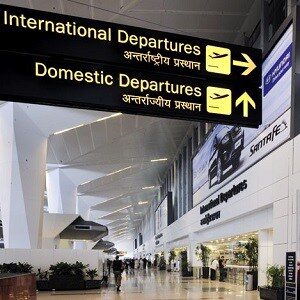
Back home safely after a fulfilling adventure.
Tour Information
- Guided tour as per itinerary.
- Experienced tour guides.
- Road maps and travel information.
- All hotel accommodation and meals.
- All transfers including Airport transfers, sightseeing spots and during the ride.
- All motorcycle hire charges for the guided tour duration.
- Fuel.
- Third party insurance for the motorcycles.
- All sightseeing spot entry tickets and guide charges (excluding camera charges).
- Road and bridge tolls.
- Skilled motorcycle mechanic.
- Support vehicle for carrying luggage, spares, medical kit and other essentials.
- Tour T-shirt and Hoodie.
- Goods and Services Tax.
- Adequate travel, medical and accidental insurance of the riders.
- Air travel and visas.
- Alcoholic and non-alcoholic beverages.
- Tips and laundry.
- Repair of damages to the motorcycle caused by the riders.
- Personal riding and safety gear.
- All telephone/mobile services.
- Anything not mentioned in the Inclusions section.
Signed copies of:
- Insurance & Medical Form
- Liability Waiver Form
Original and 2 photocopies each, of following:
- Driving License
- International Driving Permit
- Travel Insurance
- Passport
- Visa
Passport sized photographs (Four)
- Riding Jacket
- Riding Pants
- Motorcycle Boots
- Helmet : Full face (essential)
- Riding Gloves
- Kidney Belt
- Hydration Pack
- Water Resistant Backpack
- Goggles/Sunglasses
- Snood/Buff Scarf
Essentials:
- Sun Block
- Mosquito Repellent
- Hand Sanitizer
- Insulated Flask
- Lip Balm
- Sun Hat/Cap
- Personal Medication
- Basic First Aid Kit
Special Offers
We are offering limited period discounts. Contact us to find out if you are eligible.


